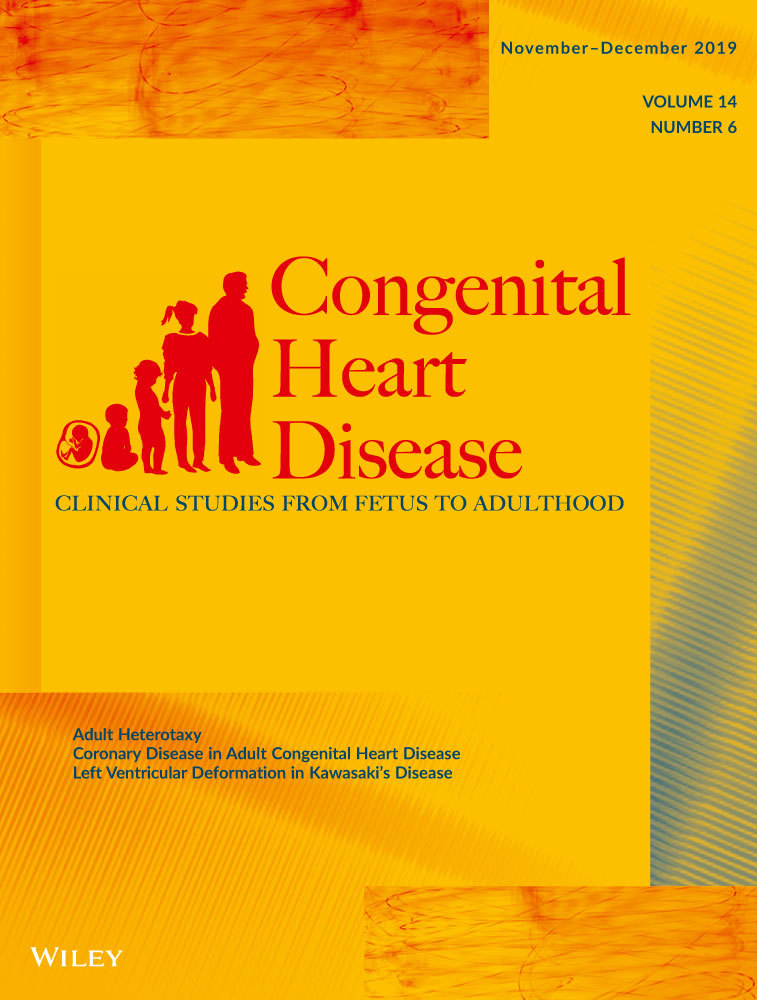Infundibular sparing versus transinfundibular approach to the repair of tetralogy of Fallot
Abstract
Introduction
The right ventricular infundibular sparing approach (RVIS) to the repair of tetralogy of Fallot (TOF) avoids a full-thickness ventricular incision, typically utilized in the transinfundibular (TI) method.
Methods
We performed a retrospective, age-matched cohort study of patients who underwent RVIS at Texas Children’s Hospital or TI at Children’s Hospital Medical Center in Nebraska and subsequently underwent cardiac magnetic resonance imaging (CMR). We compared right ventricular end-diastolic and systolic volumes indexed to body surface area (RVEDVi and RVESVi) and right ventricular ejection fraction (RVEF) as primary endpoints. Secondary endpoints were indexed left ventricular diastolic and systolic volume (LVEDVi and LVESVi), left ventricular ejection fraction (LVEF), right ventricular (RV) sinus ejection fraction (EF) and RV outflow tract EF (RVOT EF).
Results
Seventy-nine patients were included in the analysis; 40 underwent RVIS and 39 underwent TI repair. None of the patients in the TI repair group had an initial palliation with a systemic to pulmonary arterial shunt compared to seven (18%) in the RVIS group (P < .01). There was no appreciable difference in RVEDVi (122 ± 29 cc/m2 vs 130 ± 29 cc/m2, P = .59) or pulmonary regurgitant fraction (40 ± 13 vs 37 ± 18, P = .29) between the RVIS and TI groups. Compared to the TI group, the RVIS group had higher RVEF (54 ± 6% vs 44 ± 9%, P < .01), lower RVESV (57 ± 17 cc/m2 vs 67 ± 25 cc/m2, P = .03), higher LVEF (61 ± 11% vs 54 ± 8%, P < .01), higher RVOT EF (47 ± 12% vs 41 ± 11%, P = .03), and higher RV sinus EF (56 ± 5% vs 49 ± 6%, P < .01)
Conclusions
In this selected cohort, patients who underwent RVIS repair for TOF had higher right and left ventricular ejection fraction compared to those who underwent TI repair.
CONFLICT OF INTEREST
There are no conflicts of interest to disclose.




